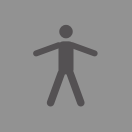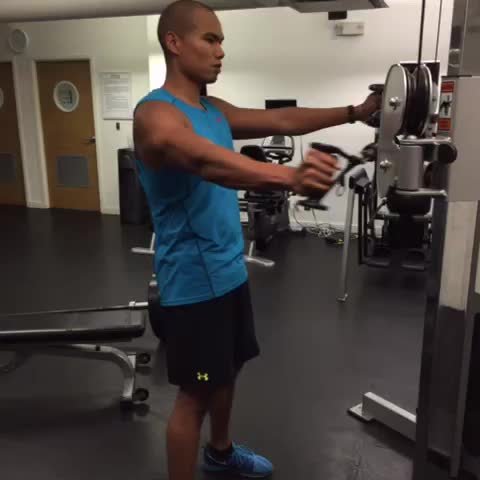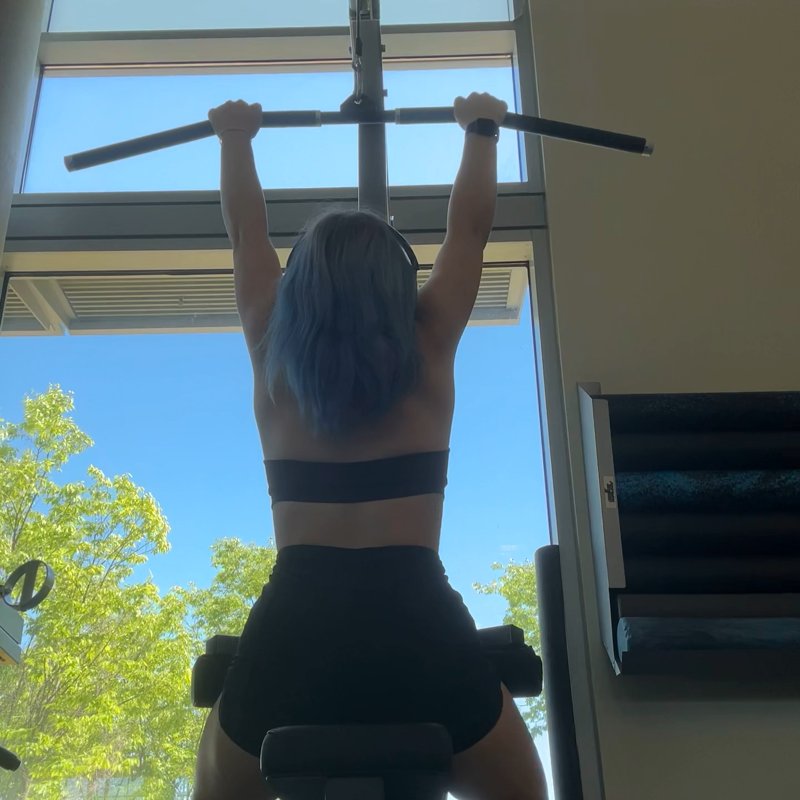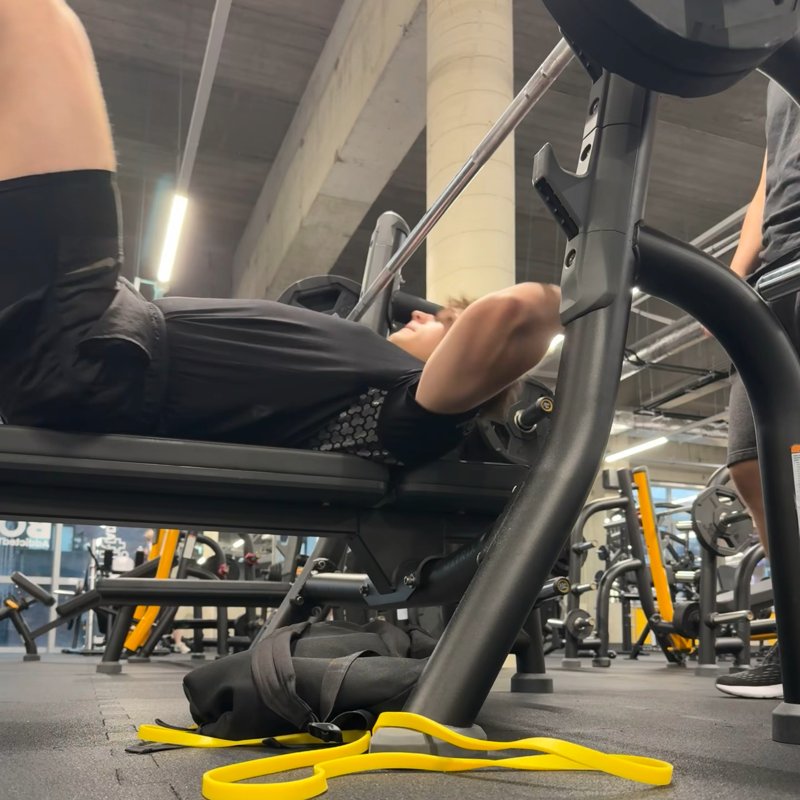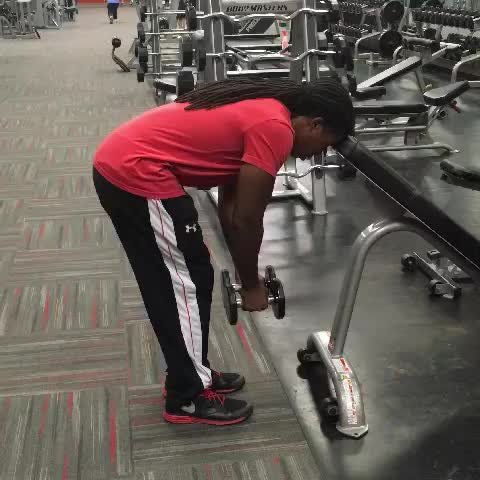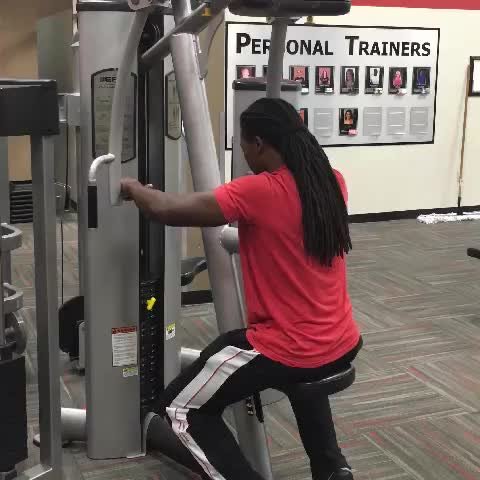Face Pull: The Ultimate Guide
The Face Pull is a highly effective rear deltoid and upper back exercise that targets often neglected muscles while improving shoulder health, posture, and functional strength.
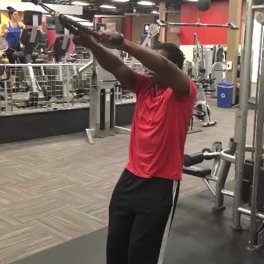
Quick Facts
Key Benefit
Shoulder health and posture improvement
Primary Muscles
Posterior Deltoids, Rhomboids, Rotator Cuff, Traps
Secondary Muscles
Biceps, Forearms, Medial Deltoids
Equipment
cable machine, resistance band (optional)
Difficulty
Beginner
Type
Strength
In This Guide
Ready to master the Face Pull?
Track your progress, see improvements over time, and build strength consistently.
Download GravitusThe Face Pull is one of the most underrated exercises for shoulder health and upper back development. This movement specifically targets the rear deltoids, external rotators, and upper back muscles that are often neglected in typical training programs. In an era where many people suffer from forward-rounded shoulders due to prolonged sitting and device use, the Face Pull serves as an excellent corrective exercise that can restore balance to the shoulder complex, improve posture, and enhance overall shoulder function. Beyond its therapeutic benefits, the Face Pull is also valuable for athletes and bodybuilders looking to develop complete shoulder development, as it targets the posterior deltoids—an area that many traditional pressing movements fail to adequately stimulate. Whether your goal is injury prevention, better posture, or complete shoulder development, the Face Pull deserves a regular place in your training routine.
Benefits of Face Pulls
Face Pulls offer a wide range of benefits that extend beyond simple muscle building, making them valuable for everyone from rehabilitation patients to competitive athletes.
Improved Shoulder Health
Strengthens the rotator cuff muscles that stabilize the shoulder joint, potentially reducing the risk of common shoulder injuries.
Enhanced Posture
Counters the forward-hunched position common in modern life by strengthening the muscles that pull the shoulders back into proper alignment.
Balanced Shoulder Development
Helps create 3-dimensional shoulder development by targeting the often-neglected posterior deltoids.
Scapular Stability
Improves control and strength of the scapular muscles, which is essential for proper shoulder function and upper body movement.
Improved Performance
Strengthens muscles involved in many pulling and throwing movements, potentially enhancing athletic performance in various sports.
Proper Form & Technique
Starting Position
- Position a cable machine with a rope attachment at roughly eye level or slightly higher.
- Grasp each end of the rope with your palms facing each other (neutral grip).
- Take a few steps back to create tension in the cable, standing with feet shoulder-width apart.
- Extend your arms fully in front of you, maintaining a slight bend in the elbows.
- Engage your core and set your shoulders back and down to establish a stable starting position.
Movement
- Pull the rope toward your face, aiming to bring the ends of the rope alongside your ears.
- As you pull, focus on pulling your elbows high and wide, forming a "W" shape with your arms.
- Simultaneously rotate your hands outward as you pull, so your thumbs point behind you at the end of the movement.
- Squeeze your rear delts and upper back at the peak of the contraction.
- Slowly return to the starting position with control, allowing your arms to extend fully without letting the weight stack touch down.
- Repeat for the desired number of repetitions, maintaining controlled form throughout.
Key Form Tips
Elbow Path
Focus on pulling your elbows high and wide rather than keeping them low and narrow.
External Rotation
Do not skip the rotational component - turning your hands outward recruits the external rotators of the shoulder.
Range of Motion
Aim to bring the rope attachment close to your face (hence "face pull") for maximum effectiveness.
Control
Avoid jerky movements or using momentum - this is a precision exercise, not a power movement.
Weight Selection
Use a manageable weight that allows perfect form - this is not an exercise for ego lifting.
Muscles Worked
Primary Muscles
- posterior deltoids: The posterior portion of the shoulder muscles is the primary target of face pulls, responsible for horizontal pulling movements.
- rotator cuff: This group of four small muscles stabilizes the shoulder joint and is crucial for healthy shoulder function. Face pulls particularly target the external rotators (infraspinatus and teres minor).
- rhomboids: These muscles between the shoulder blades are engaged when you squeeze your shoulder blades together during the face pull movement.
- traps: The trapezius muscle, particularly the middle and lower portions, is activated when retracting and depressing the scapulae during the pulling motion.
Secondary Muscles
- biceps: Act as assistant muscles during the pulling phase of the movement.
- forearms: Engaged throughout the movement to maintain grip on the rope attachment.
- medial deltoids: The side portion of the shoulder muscles assists when pulling with high elbows.
Common Mistakes and How to Fix Them
Using Too Much Weight
Using excessive weight can lead to poor form and reduced effectiveness. Solution: Choose a weight that allows you to perform the movement with proper form through the complete range of motion.
Not Pulling High Enough
Pulling the rope to the chest or chin rather than to eye/face level reduces rear deltoid activation. Solution: Focus on pulling your elbows high and wide, bringing the rope alongside your ears.
Neglecting External Rotation
Simply pulling the rope without the rotational component misses a key aspect of the exercise. Solution: Consciously rotate your hands outward so that your thumbs point behind you at the end of the movement.
Excessive Body Movement
Leaning back or using body momentum to move the weight reduces muscle activation. Solution: Maintain an upright torso position and focus on moving only the arms.
Incorrect Elbow Position
Keeping elbows low and close to the body turns the movement into more of a row than a face pull. Solution: Lead with the elbows, keeping them high and wide to form a "W" shape at the end position.
Face Pull Variations
Equipment Variations
-
Resistance Band Face Pull
Performed with a resistance band anchored at head height, this variation offers convenience and a slightly different resistance curve compared to cables.
-
TRX Face Pull
Using suspension straps creates additional instability, increasing core engagement and making the exercise more challenging.
-
Dumbbell Face Pull
Lying prone on an incline bench and pulling dumbbells up with external rotation can replicate the movement pattern without cable equipment.
Form Variations
-
High To Low Face Pull
Setting the cable at a higher position and pulling downward emphasizes the rear delts and upper traps differently than the traditional face pull.
-
Kneeling Face Pull
Performing the exercise from a kneeling position can help reduce cheating and body momentum.
-
Single Arm Face Pull
Working one arm at a time allows for greater focus on form and can help address strength imbalances between sides.
Frequently Asked Questions
Face pulls are gentle enough on recovery that they can be performed frequently. Many strength coaches recommend including them 2-4 times per week. You can incorporate them as part of your warm-up routine before upper body training, or as a finishing exercise after pushing movements. Some people even benefit from performing light face pulls daily as a posture-correcting exercise.
Face pulls can potentially help with certain types of shoulder pain by strengthening the rotator cuff and improving shoulder positioning. However, if you're experiencing acute shoulder pain, you should consult with a healthcare professional before using face pulls as a therapeutic exercise. For many people with postural issues or minor shoulder discomfort, properly performed face pulls can be part of a comprehensive solution.
Face pulls generally work best with moderate to high repetitions (10-20 reps) since they target smaller stabilizing muscles that respond well to endurance-based training. The posterior deltoids and rotator cuff muscles are primarily composed of slow-twitch fibers that develop well with higher rep ranges. That said, occasionally using heavier weights for lower reps (8-10) can also be beneficial for strength development.
This depends on your goals. If you're using face pulls primarily as a corrective or warm-up exercise to activate the rear delts and rotator cuff before heavy pressing, do them at the beginning of your workout with lighter weight. If you're using them as a muscle-building exercise for the rear deltoids, perform them after your main compound movements when you can give them full focus with appropriate weight.
Video Demonstrations
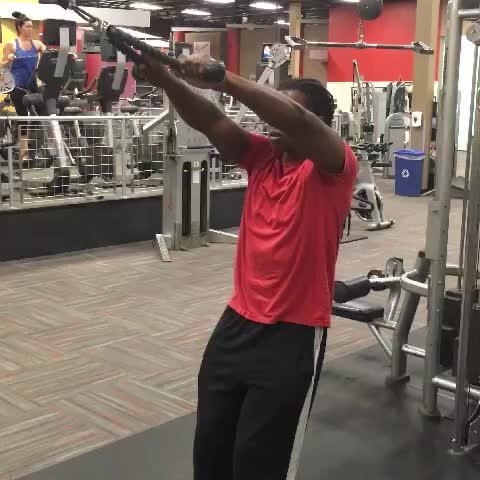
Log in to watch video demonstrations
Login to Watch3 video demonstrations available
Find more video demonstrations in the Gravitus app
Tips from the Community
-

Pull to the forehead. Keep your elbows high and squeeze shoulder blades together.
-

Focus on leading with your hands
-

Palms facing the floor, keep your arms parallel to the floor from the elbow to the shoulder, pull the rope to your forehead
-

I dont think thats how this is done watch athlene x he shows how to do it right not many people do it right
-

Hold rope knobs up
Track your progress with Gravitus
Download Gravitus to log your workouts, track your progress, and join a community of fitness enthusiasts.

Helpful Resources
One Rep Max Calculator
Find your one rep max for any exercise without maximal testing. Essential for developing effective strength training programs.
Calculate 1RMWorkout Programs
Follow structured workout programs created by fitness professionals to maximize your strength and muscle gains.
View Programs
